The completion of America’s first commercial-scale offshore wind farm highlights a surge in offshore wind deployment along the northeastern coast.
Office of Energy Efficiency & Renewable Energy
March 14, 2024Although offshore wind remains one of the most promising renewable energy technologies on earth, it has, like any young industry, experienced its share of deployment challenges. It’s no secret that some projects have been delayed—even canceled—due to rapid changes in global economic conditions over the last three years. These unrealized developments draw a good deal of attention from the public and the press, but we shouldn't lose sight of the industry’s remarkable achievements in recent months. Today, we can celebrate a big one.
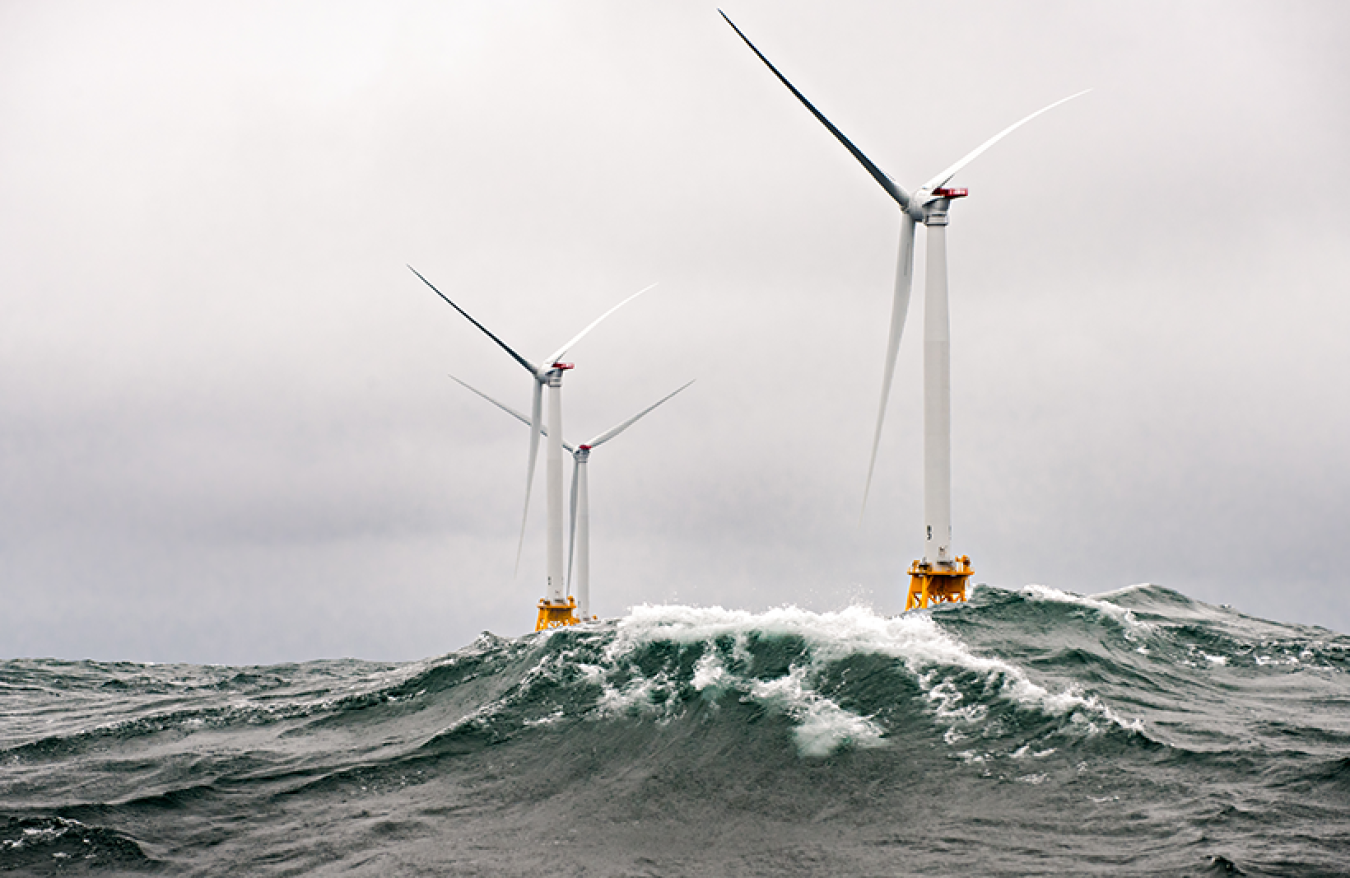
Offshore wind turbines near Block Island, RI.
This morning, the waters off Rhode Island officially became home to America’s first fully built, commercial-scale offshore wind farm. South Fork Wind, jointly developed by Ørsted and Eversource, will produce enough energy to power 70,000 homes on Long Island. The 132-megawatt project features 12 turbines, all of them now operational and generating clean power. Over the next 25 years, this project is expected to avert an average of 6 million tons of carbon emissions per year—an amount roughly equivalent to the annual emissions of 60,000 cars.
This news comes on the heels of other positive developments in offshore wind—some in the same coastal neighborhood. Less than 30 miles east of the South Fork development, Vineyard Wind began delivering power to the New England grid just last month. Five operational turbines (out of a planned 62) now provide 68 megawatts of electricity-generating capacity—enough to power 30,000 Massachusetts homes. South Fork and Vineyard Wind join a U.S. fleet that includes five turbines installed off the coast of Block Island in 2016, plus two turbines that represent the first phase of the Coast Virginia Offshore Wind project.
Also last month, the State of New York announced the selection of contract bids from Sunrise Wind and Empire Wind 1 for two massive offshore wind projects (924 and 810 megawatts, respectively). With a combined generating capacity that is more than seven times the current energy production from all offshore wind farms in the region, these projects will mark the beginning of a new phase in the history of offshore wind along the Northeastern coast. When considered alongside other newly announced investments in California, Maine, and Massachusetts, these developments begin to look like a surge in momentum for offshore wind.
The U.S. Department of Energy estimates that America’s coastal waters (including the Great Lakes) could support more than 4,000 gigawatts of annual energy production from offshore wind—approximately three times the amount of electricity we currently consume in a year. In light of this immense potential, it should come as no surprise that offshore wind technology is a key component of the Biden-Harris Administration’s agenda for America’s energy infrastructure. This burgeoning industry is creating tens of thousands of jobs and establishing a foundational source of renewable power for tens of millions of Americans in the most densely population regions of the country.
Through targeted funding allocations, DOE-led research projects, and initiatives such as our recently announced Offshore Wind Center of Excellence, the Office of Energy Efficiency and Renewable Energy will continue to work with local communities, regulators, academia, and our private-sector partners to lay the groundwork for a sustainable offshore wind market and supply chain. Despite the challenges of the last few years, the long-term outlook for this indispensable technology is as bright as ever.
Jeff Marootian
Former Principal Deputy Assistant Secretary
Jeff Marootian was the Principal Deputy Assistant Secretary in the Office of Energy Efficiency and Renewable Energy. He previously served as a Senior Advisor to Energy Secretary Jennifer Granholm and as Special Assistant to the President in the Biden-Harris White House. He was also a member of the Biden-Harris Presidential Transition Team.
Prior to joining the Biden-Harris Administration, Jeff was the Director of the District Department of Transportation, where he led the adoption of sustainable transportation technologies and oversaw more than $4 billion of critical infrastructure and utility projects including the reconstruction of the historic Frederick Douglass Memorial Bridge.
Mr. Marootian previously served in the Obama-Biden Administration as the Assistant Secretary for Administration and Chief Sustainability Officer at the U.S. Department of Transportation. He is an alumnus of The George Washington University where he has also taught as an adjunct faculty member in the Trachtenberg School of Public Policy and Administration.
Offshore Wind News
-
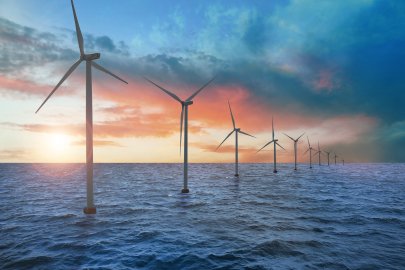 U.S. Department of Energy's Wind Energy Technologies Office and the National Renewable Energy Laboratory Announce $6.25 million for Aerodynamics Research on Large Wind Turbines
U.S. Department of Energy's Wind Energy Technologies Office and the National Renewable Energy Laboratory Announce $6.25 million for Aerodynamics Research on Large Wind Turbines -
 WETO recently funded the creation of a new comprehensive guide for offshore wind energy on DOE’s WINDExchange website.
WETO recently funded the creation of a new comprehensive guide for offshore wind energy on DOE’s WINDExchange website. -
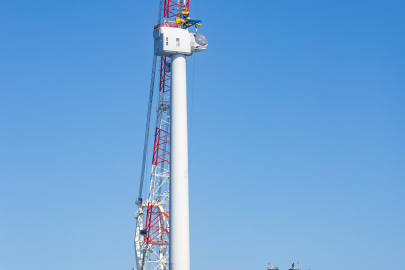 The Small Business Innovation Research (SBIR) and Small Business Technology Transfer (STTR) programs offer competitively awarded grants to small businesses to support scientific excellence and technological innovation.
The Small Business Innovation Research (SBIR) and Small Business Technology Transfer (STTR) programs offer competitively awarded grants to small businesses to support scientific excellence and technological innovation. -
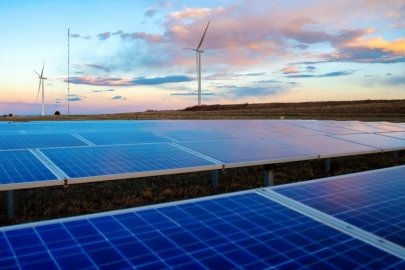 Funding to collaboratives in Illinois, Louisiana, Minnesota, and Virginia will support planning and evaluation of large-scale renewable energy and energy storage projects.
Funding to collaboratives in Illinois, Louisiana, Minnesota, and Virginia will support planning and evaluation of large-scale renewable energy and energy storage projects. -
 The U.S. Department of the Treasury and the IRS released final rules for the Investment Tax Credit (Section 48 of the Internal Revenue Code).
The U.S. Department of the Treasury and the IRS released final rules for the Investment Tax Credit (Section 48 of the Internal Revenue Code). -
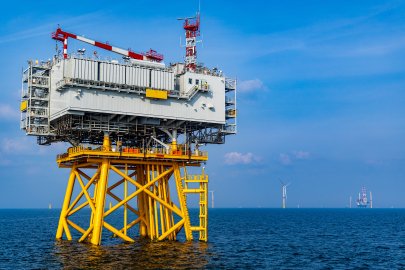 DOE's Office of Electricity and WETO plan to issue the REIMAGINE BREAKERS NOFO to support research and development related to high voltage direct current (HVDC) power circuit breakers.
DOE's Office of Electricity and WETO plan to issue the REIMAGINE BREAKERS NOFO to support research and development related to high voltage direct current (HVDC) power circuit breakers. -
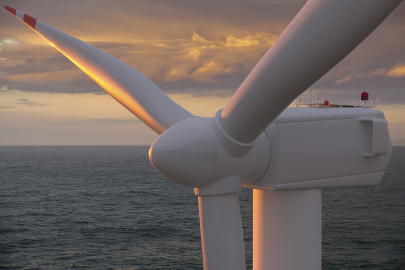 Fourteen projects will support durable and environmentally responsible U.S. offshore wind energy and marine energy deployments
Fourteen projects will support durable and environmentally responsible U.S. offshore wind energy and marine energy deployments -
 $16. 9 million funding available for offshore wind and marine energy research and development.
$16. 9 million funding available for offshore wind and marine energy research and development. -
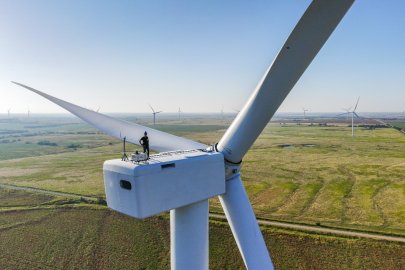 The American WAKE experimeNt (AWAKEN) is compiling the world’s largest and most comprehensive dataset on wind energy atmospheric phenomena, detailing how wind and surrounding air particles interact with wind turbines and wind farms.
The American WAKE experimeNt (AWAKEN) is compiling the world’s largest and most comprehensive dataset on wind energy atmospheric phenomena, detailing how wind and surrounding air particles interact with wind turbines and wind farms.


